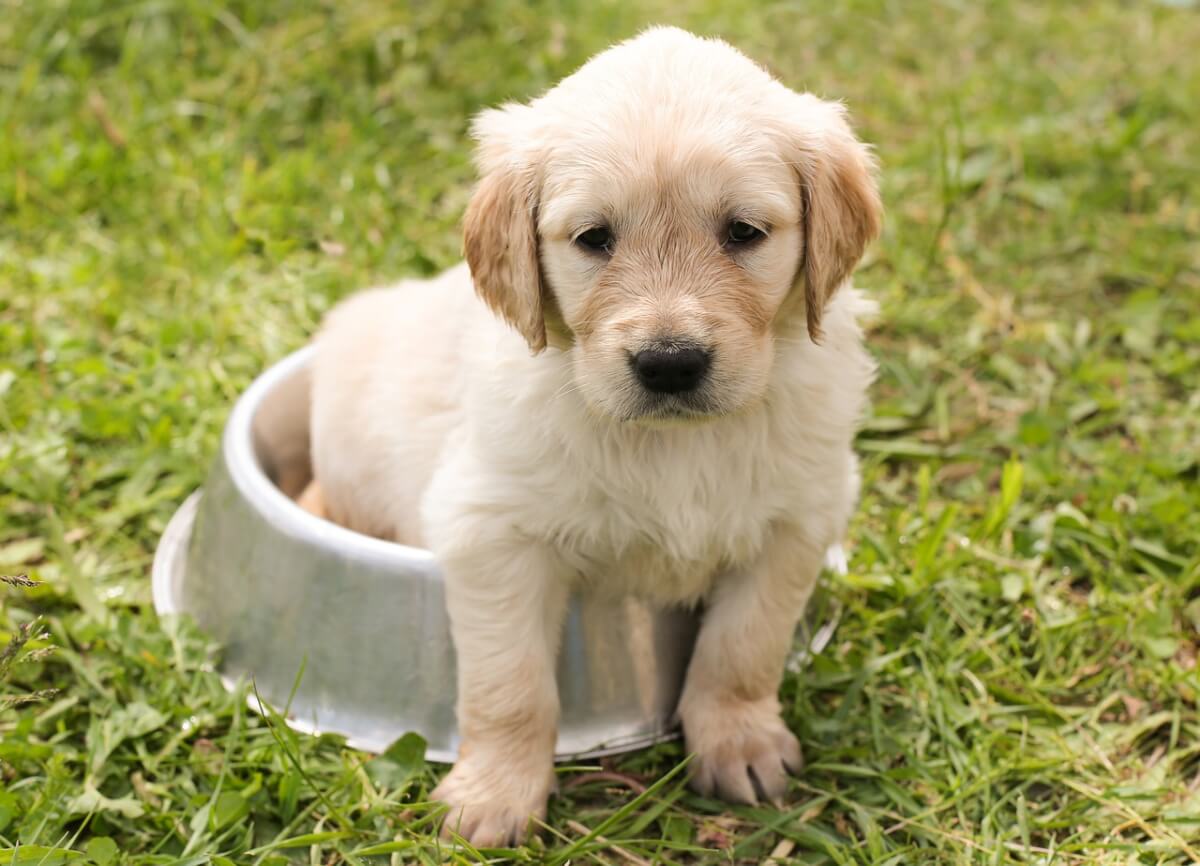One of the most popular new dog treats on the market is that of Pup Corn, which is made and distributed by Sunshine Mills, Inc. in Red Bay, Alabama. These fun-loving little dog treats are designed in the shape of a dog, but look more like a cheese puff. First produced in cheese flavor, Pup Corn is now available in both beef and peanut butter flavor.
Pup Corn healthy dog greats offer a way to treat your dog without loading it’s diet with unwanted fat, calories and sodium. The answer is in the unique Pup Corn dog treats. Sunshine Mills, the maker of Pup Corn, uses special ingredients and technology to produce a delicious, crunchy treat with controlled levels of fat, calories and sodium so that you can reward your pup often and still feel good about maintaining it’s fitness and health.
As a general guide, the company recommends that individuals feed their pet Pup Corn dog treats 1-3 dog treats per 10 lbs. Of the dog’s body weight daily. If you have been feeding dog treats that are high in fat, it is recommended that you break up the Pup Corn healthy dog treats into smaller bites until your pet adjusts to the unique product. In addition to dog treats, Sunshine Mills recommends feeding your dog a healthy and well-balanced nutritional food and always make sure that a fresh, clean bowl of drinking water is available at all times.
Dog treats, which are commonly used in the training of an animal, are an essential part of rewarding your pet for good behavior. A pat on the head is terrific, but dog treats are even better. If you want to teach your dog how to sit using dog treats, simply begin by telling your dog to “sit.” If necessary, give him/her a gentle push on their backside in the sitting position. When seated, reward your pet with dog treats and a pat on the head. Repeat this step several times each day until your pet no longer needs a nudge and begins to sit of his/her own freewill.
The content found in this article is to be used for informational purposes only. It should not be used in conjunction with, or in place of, a veterinarian’s recommendations or daily feeding guidelines. For more information on your pet’s health, nutritional needs or maintaining a healthy diet, consult a local veterinarian.






